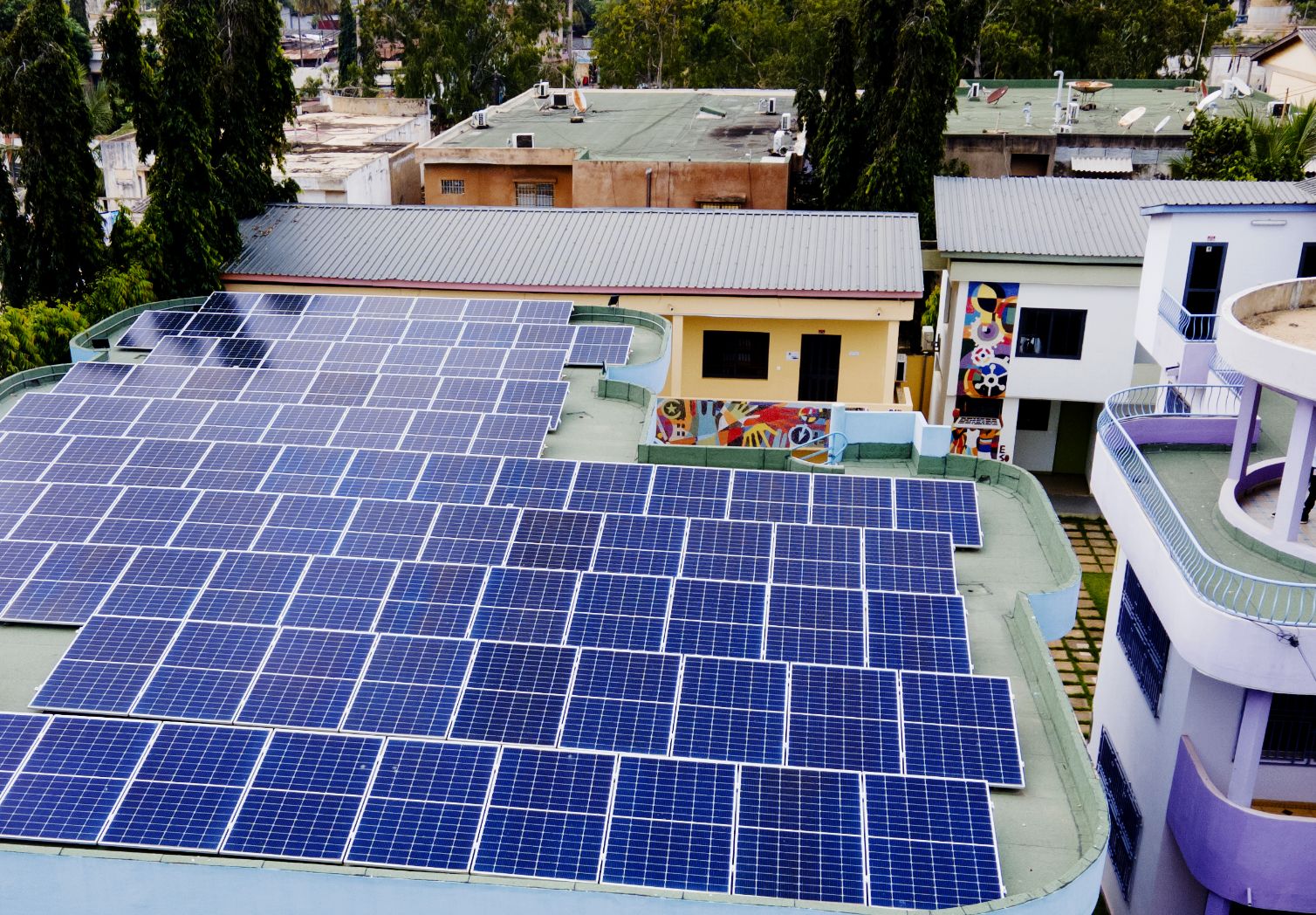Every morning when Jan Suckow gets to the office and turns on his computer, he is happy to know that the power is not just coming from the socket, but has been generated on the office roof.
At the start of 2022, GIZ Peru installed 5.2-kWp photovoltaic panels on the roof of its office in Lima. Ever since, the PV system has produced green electricity for the office. ‘Over the last few months, our 16 solar panels have generated 15 per cent of our electricity using clean technology. That is roughly the power needed to run 150 laptops, 24 printers and four coffee machines for a year,’ explains Suckow.
Jan Suckow works for GIZ as a technical advisor focusing on the integration of renewable energy. He has been in charge of the project in Lima. The office’s own solar power system firstly helps cut greenhouse gas emissions by reducing consumption of conventionally generated electricity. Secondly though, GIZ hopes that this PV system will help hone awareness in Peru of the huge potential offered by photovoltaic technology. Situated as it is close to the Equator, Peru is one of the most promising locations in the world for solar power.


